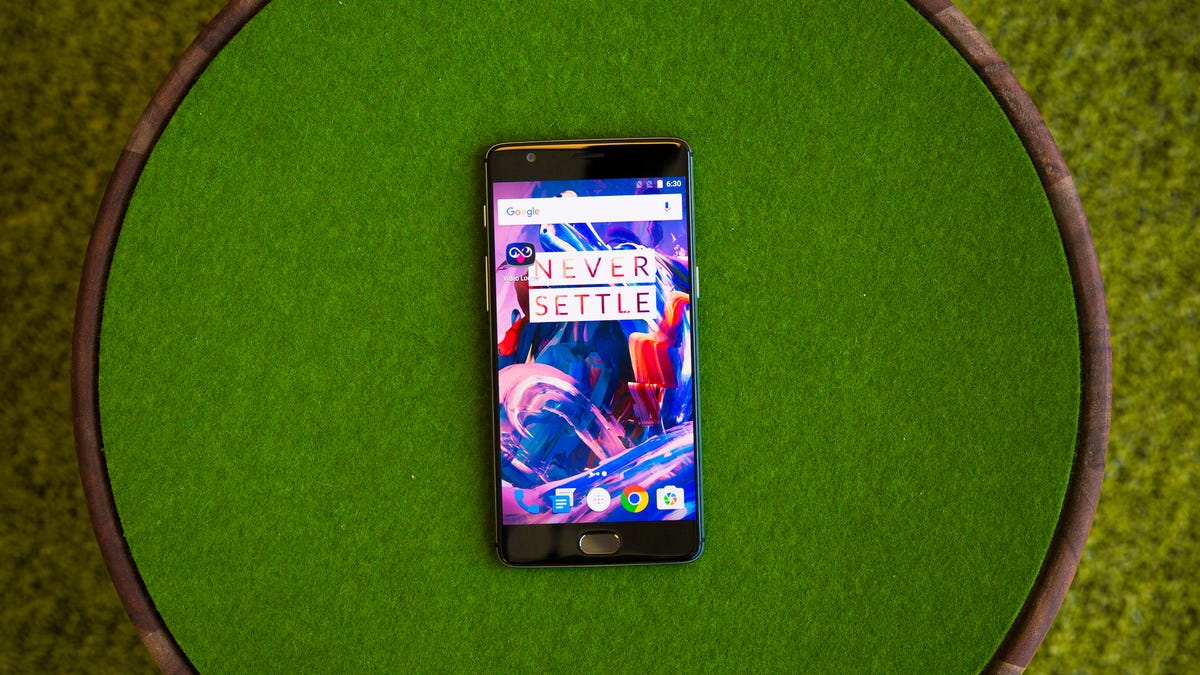How to customize the look and feel of the OnePlus 3
After tweaking a few settings, you can make that shiny new phone look and work just how you want.

After setting up your OnePlus 3, there are a few things you can do to make the device look and feel like you want it to.
From changing the transparency of the Google search bar, or adding software buttons to the bottom of the screen, the OnePlus 3 has a bit of everything tucked away in various settings screens.
Custom color scheme
On your OnePlus 3, open the Settings app and then select Customization. Within the customization settings you can enable dark mode, which defaults apps to a dark color scheme, complete with your preferred accent color. More than just a personal preference of a light or dark interface, dark mode can help ease the strain on your eyes when using your phone in a dimly lit environment.
Also found under Customization is the ability to enable, disable or alter the LED notification feature on the OnePlus 3. Lastly, you can remove system icons from the Status Bar of your OnePlus 3 by opening the status bar listing. For example, you can remove the Wi-Fi or Bluetooth icon from the status bar in this section.
Buttons
When you use the OnePlus 3 you'll notice there are capacitive buttons flanking either side of the fingerprint sensor. These buttons act as the standard Android back or app-switching buttons. However, you can turn them off and use on-screen buttons instead.
On your OnePlus 3, open the Settings app, then tap on Buttons.
The top option labeled On-screen navigation bar will enable software buttons. It's also in this same settings screen where you can swap the functionality of each button. Meaning if you're fond of how Samsung normally places the back button on the left side of the home button, and multitasking to the right, you can set the OnePlus 3 to use the same setup. However, if you prefer the opposite button assignment, well, you can have that too.
Furthermore, you can set custom shortcuts based on a long-press or double-tapping the back, recent or home buttons.
The other Customize setting
When viewing the home screen on your OnePlus 3, long press to bring up three options: wallpapers, widgets and customize. The first two are self-explanatory and standard Android features.
Customize is where you need to go to do things like turn off the OnePlus 3's Shelf feature, increase or decrease the size of the app icons, and change the app drawer grid layout size, to name a few.
There are four different cards, each one with a different category of settings for you to change. Gestures is where you'll find the Shelf toggle, along with quick gesture settings for search and notifications. Search will let you change the look of the Google search bar, or disable it altogether, while icons and app drawer provide further flexibility to the overall look of the phone.

